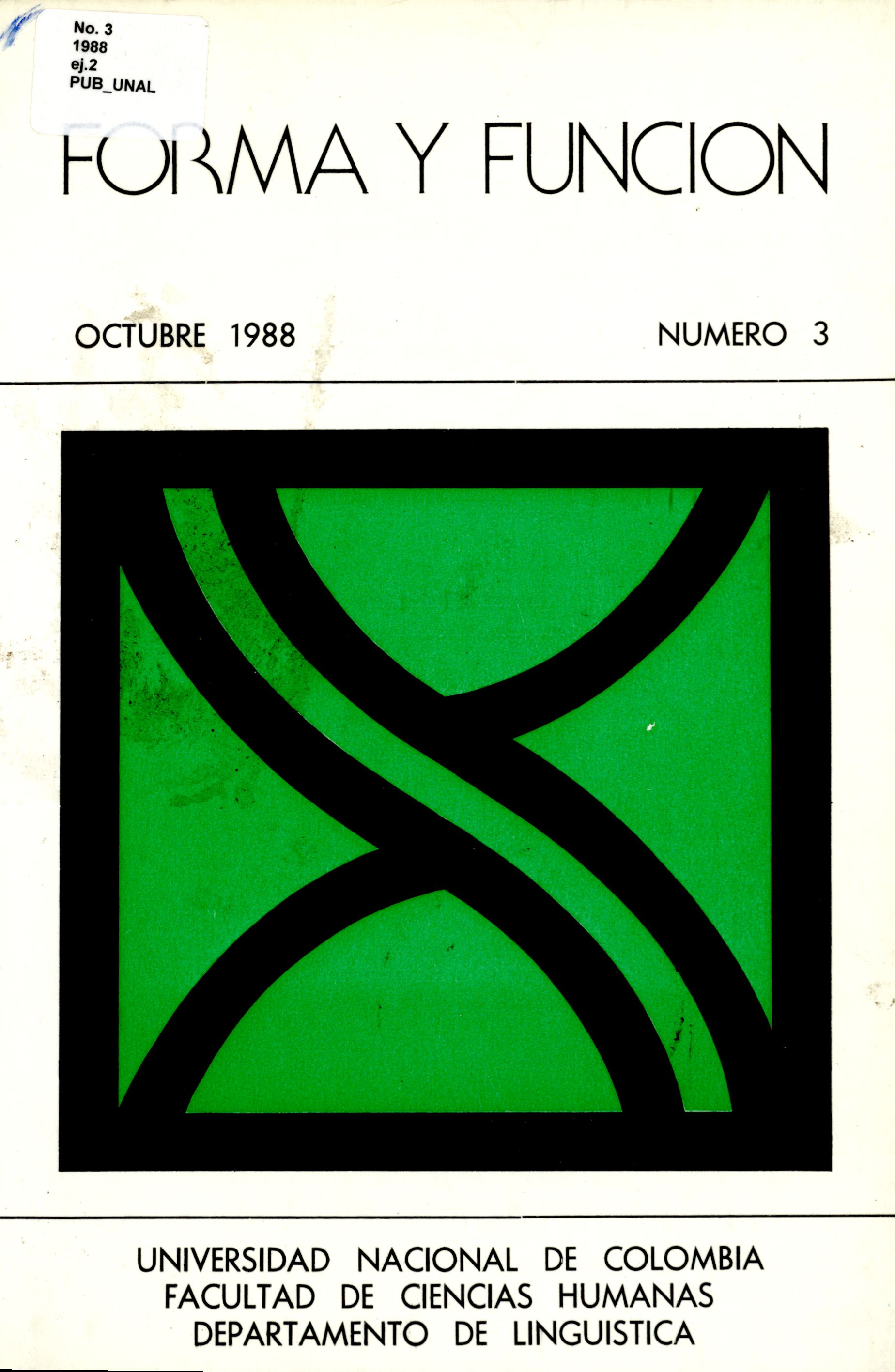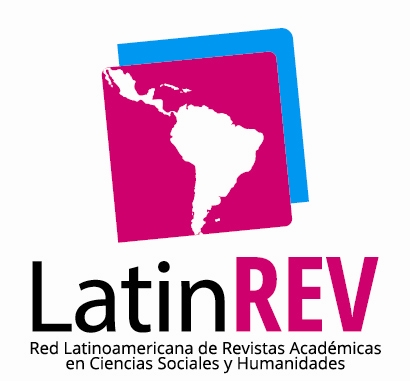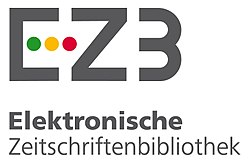Interacting in social contexts as the starting point of a teaching unit
Palavras-chave:
Conception of language, foreign language, conception of teaching, courses (en)
Downloads
Our philosophical background for this paper will be the conception of language as an integral part of social life (Hymes, 1971). As a result of this thought, language teaching (whether the teaching of the mother tongue, a second language or a foreign language) should be intimately related with affective factors and should be carried out in terms of language functions for social interaction.
Our objective here is basically to illustrate how this conception
of teaching can be put into practice both in courses of EFL and
in ESP courses.
Our philosophical background for this paper will be the conception of language as an integral part of social life (Hymes, 1971). As a result of this thought, language teaching (whether the teaching of the mother tongue, a second language or a foreign language) should be intimately related with affective factors and should be carried out in terms of language functions for social interaction.
Our objective here is basically to illustrate how this conception
of teaching can be put into practice both in courses of EFL and
in ESP courses.Como Citar
APA
ACM
ACS
ABNT
Chicago
Harvard
IEEE
MLA
Turabian
Vancouver
Baixar Citação
Acessos à página de resumo
Downloads
Licença
Copyright (c) 1988 Forma y Función

Este trabalho está licenciado sob uma licença Creative Commons Attribution-NonCommercial-ShareAlike 4.0 International License.

Forma y Función está subscrita ao convênio Open Journal System, o que significa que tem caráter de acesso aberto. Permite-se acesso livre e imediato a seu conteúdo, sob o princípio de que tornar disponível gratuitamente os resultados de pesquisa contribui para a divulgação global do conhecimento, bem como para o intercâmbio acadêmico que propicia vínculos entre as comunidades científicas. Os usuários podem buscar, ler, copiar, baixar e compartilhar a totalidade dos textos publicados. Autoriza-se seu uso, desde que se conceda o crédito aos autores dos textos e à Forma y Función como fonte original da publicação. Não se permite o uso comercial de cópia ou distribuição de conteúdos, nem a adaptação, derivação ou transformação destes sem a autorização prévia dos autores e do editor de Forma y Función.
Os conteúdos da revista são publicados em acesso aberto sob a Licença Creative Commons Atribuição-NãoComercial-CompartilhaIgual 4.0 Internacional. Para maiores informações sobre os termos da licença, consulte: https://creativecommons.org/licenses/by-nc-sa/4.0.
De acordo com a política de acesso aberto, Forma y Función não cobra pelo processamento dos textos enviados, nem por sua publicação.



























